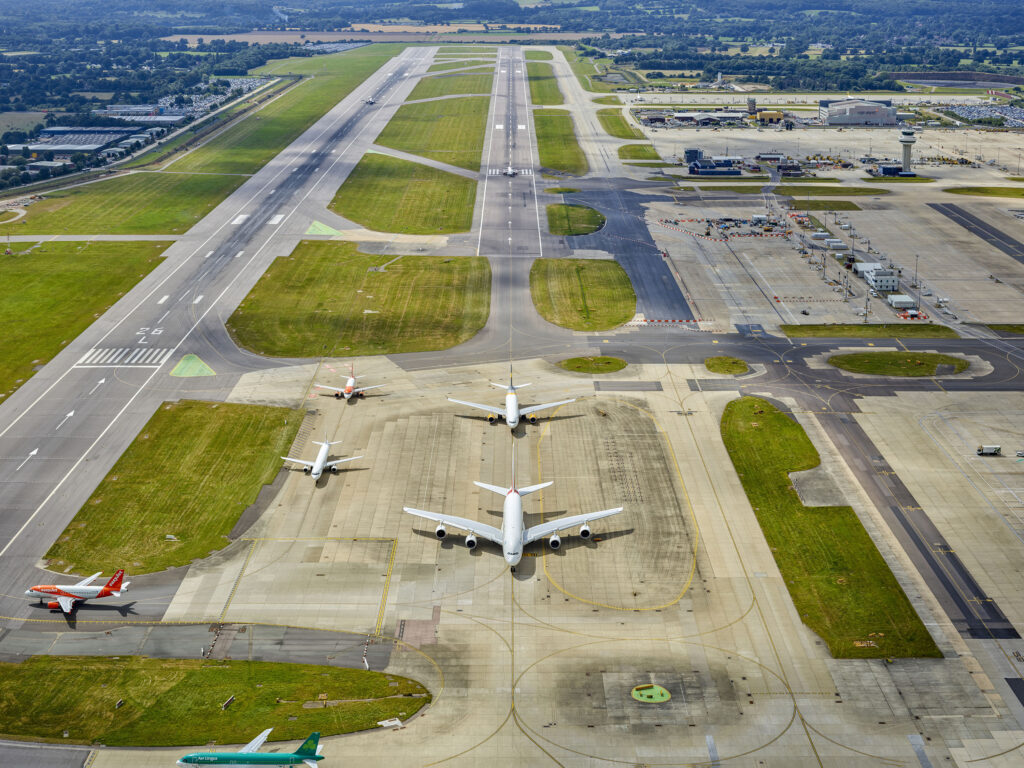London Gatwick Airport will begin a public consultation on September 9, 2021 to discuss putting its existing northern runway into routine use alongside its main runway.
The scheme will help secure the airport’s long-term growth, creating approximately 18,400 additional jobs by 2038 and generating an estimated £1.5bn (US$2bn) for the region. The proposed plans would reposition the second runway by moving its center line 12m further north. This would enable dual runway operations with the airport’s main runway.
A second runway would add resilience to Gatwick’s operations (reducing delays and congestion), bring new global connections and allow an increase in passenger capacity to approximately 75 million passengers per year by 2038.
As the proposed northern runway plans are considered a Nationally Significant Infrastructure Project, the airport plans to apply for a Development Consent Order (DCO) to build and operate the scheme. Before the application is submitted, Gatwick will run a 12-week public consultation for anyone who is interested in reviewing or commenting on the proposals.
Stewart Wingate, CEO of Gatwick Airport, said, “While we are currently experiencing low passenger and air traffic volumes due to the global pandemic, we are confident that Gatwick will not only fully recover to previous passenger levels, but has the potential to continue to grow back into one of Europe’s premier airports. Our plans to bring our existing northern runway into routine use will not only help to secure that growth but will also ensure many thousands of additional jobs and a vital boost to the economy for our local region.
“We would like to hear views from local people and interested groups on the proposed Northern Runway Project as part of our comprehensive public consultation process, and encourage everyone to take time to review our plans.
“Aside from the economic benefits our plans will have, we remain committed to our sustainability goals. Our northern runway plans are designed to be a low-impact way of unlocking new capacity from our existing infrastructure, much of which is already in place.”


